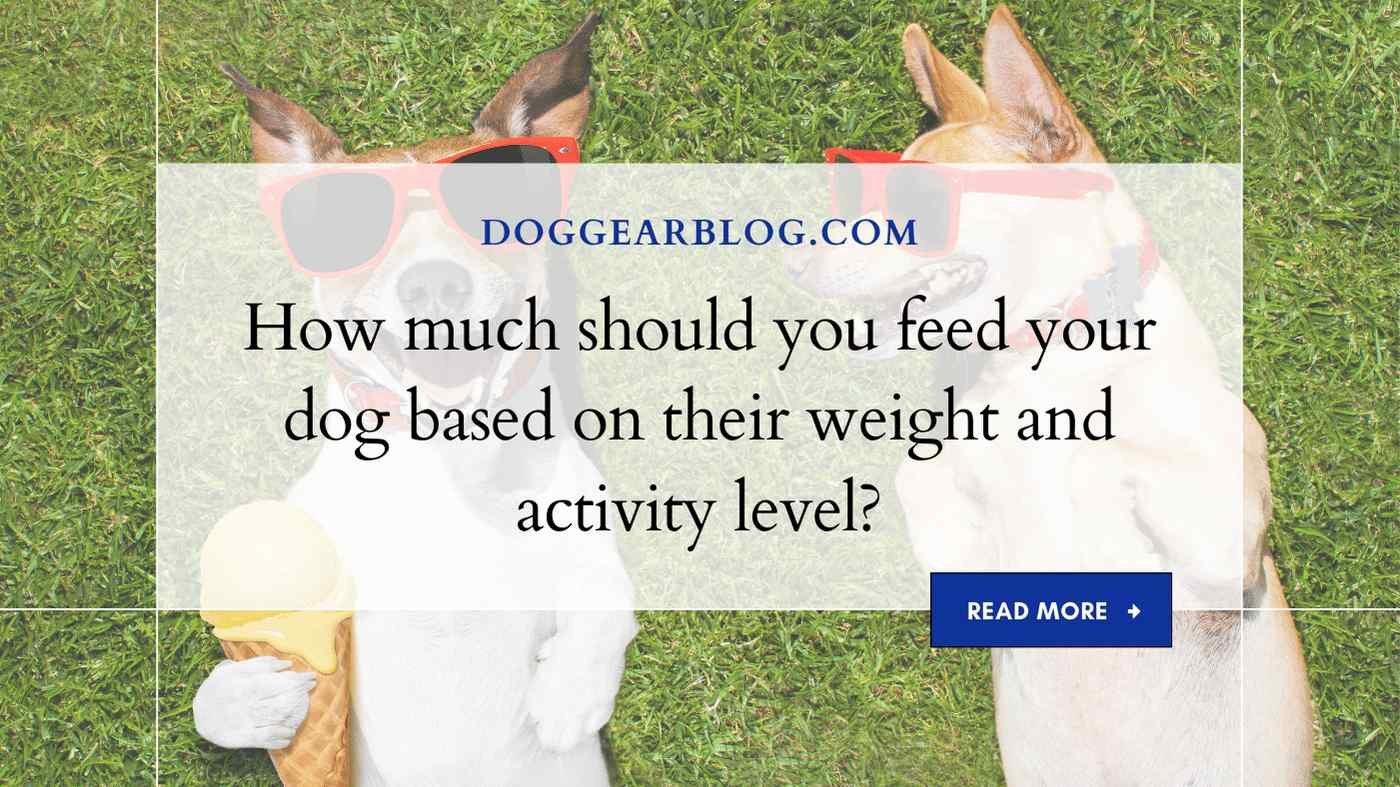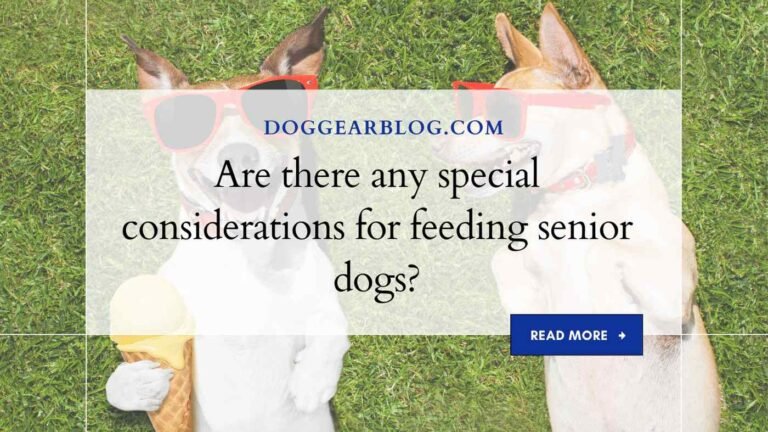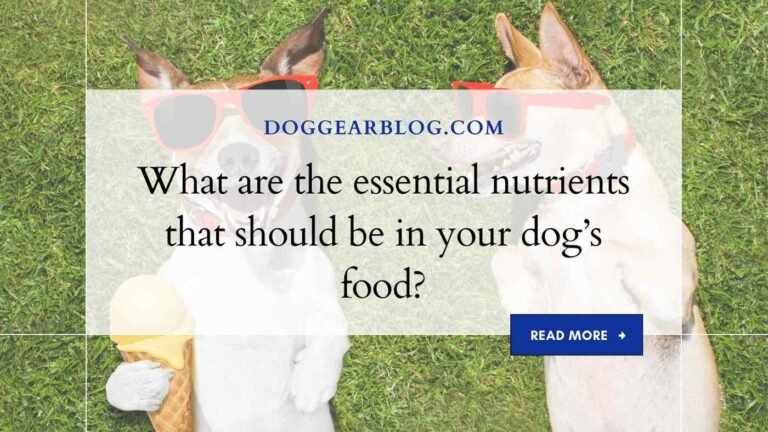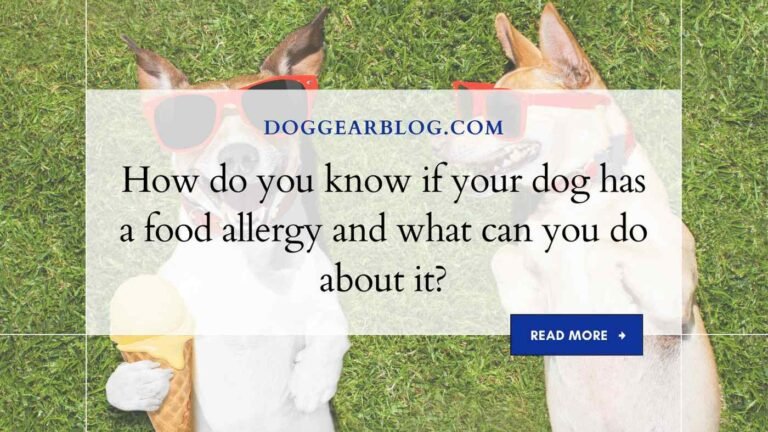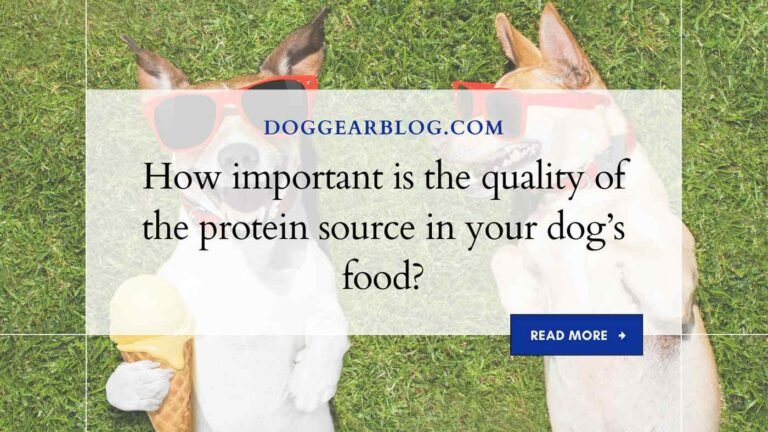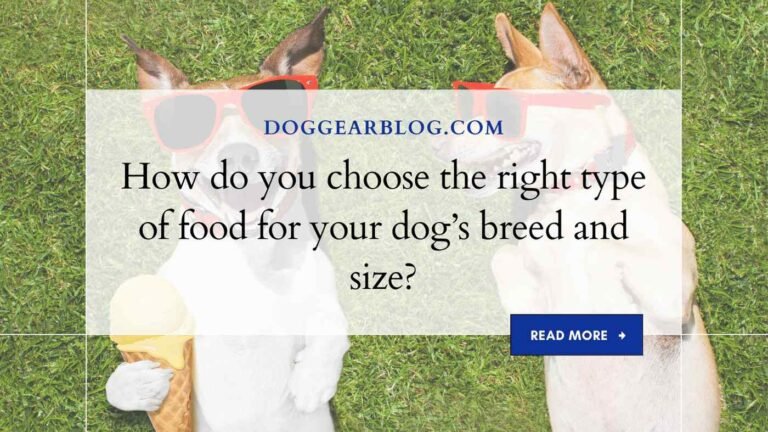How much should you feed your dog based on their weight and activity level?
It’s no secret that man’s best friend loves to eat, but as a responsible dog owner, it can be challenging to determine just how much food your furry companion needs. Feeding your dog the right amount based on their weight and activity level is crucial for maintaining their overall health and well-being.
In this blog post, we’ll explore some tips and tricks for determining the perfect amount of food to keep your pup satisfied without overfeeding them. So grab a bowl of kibble (or treat) for yourself, settle in with your canine buddy, and let’s get started!
What is a weight estimation for dogs
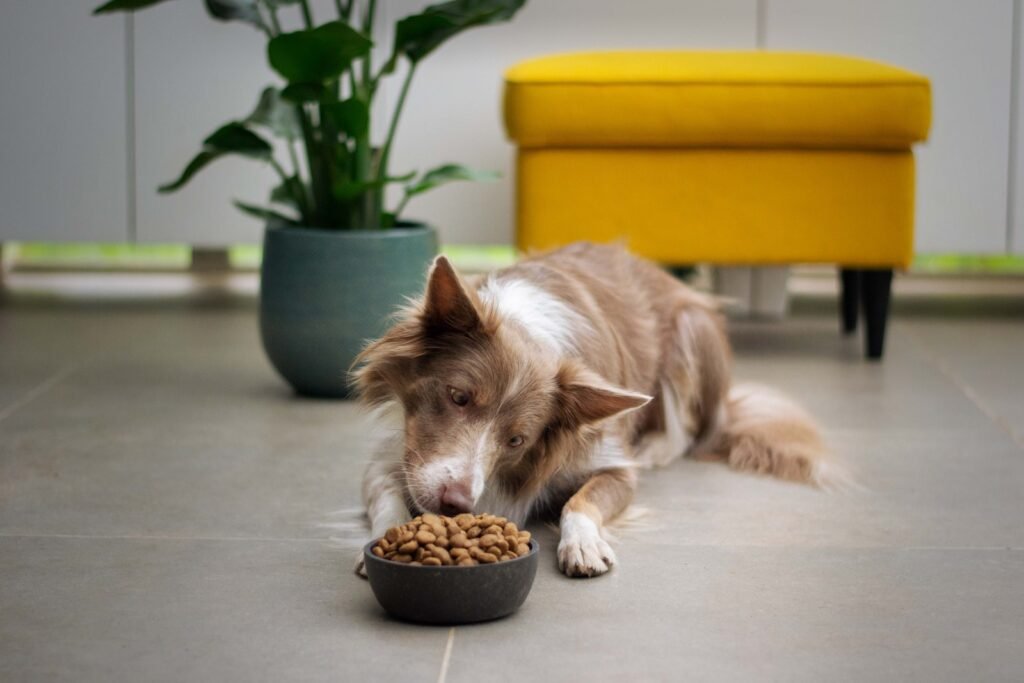
Dogs come in all shapes and sizes, but the average weight for a dog is around 55-60 pounds. This means that a dog who weighs 55 pounds should be fed around 3 cups per day, while a 60 pound dog should be fed 4 cups per day.
Activity Level will also affect how much a dog should be fed. If your dog is inactive, they may only need 1 cup per day. If your dog is more active, they may need 2-2.5 cups per day.
Activity level and feeding frequency
Dogs have a natural preference for how much they eat, so it’s important to understand your pup’s activity level and food consumption in order to create an appropriate feeding schedule. Dogs that are sedentary or lay around the house all day should only receive minimal amounts of food while dogs that are active should be getting a bit more.
For example, if your dog is at the average weight of 20 pounds, offer them one meal per day and aim for smaller meals rather than large ones. If their activity level dictates that they need more food, increase their intake to two meals per day and feed them on a more regular basis.
Adjusting the feeding regimen for a dog with an active lifestyle
Dogs with an active lifestyle need more food than dogs who are lazy or inactive. An active dog will burn around 100 more calories per day than a sedentary dog. A medium-sized dog who is moderately active will need around 45 to 55 total kilocalories (kcal) per day, while a high-activity dog will need approximately 70 kcal/day.
Therefore, the feeding regimen for an active dog should be slightly higher than that of a lazy or inactive dog.
Many people automatically assume that because their pet is active, they must be eating enough. However, not all dogs require the same amount of food to maintain a healthy weight and keep them energetic. Most veterinarians recommend dividing your pet’s caloric needs into thirds and giving them one-third their body weight in Kilocalories (Kcal).
This equals around 22-25 Kcal/pound for a small dog and 34-37 kcal/pound for a large dog. If your pet weighs less than 10 pounds then give them 3/4ths of their body weight in Kcal (around 19-22 kcal/pound), and if your pet weighs over 50 pounds give them 1 pound in Kcal (around 34 kcal/pound).
It is very important to feed YOUR PET on an REGULAR BASIS! Changing the food too frequently can lead to malnourishment or health problems such as pancreatitis or diabetes mellitus due to changes in blood sugar levels [1].
Feeding pets three times per day is the norm, however some breeds eat more so their owners may give them four meals per day. If you have a pet that doesn’t eat at regular intervals (for example, a cat) then consult with your veterinarian to determine what feeding schedule is best for your pet.
Adjusting the feeding regimen for a dog that weighs more than another dog
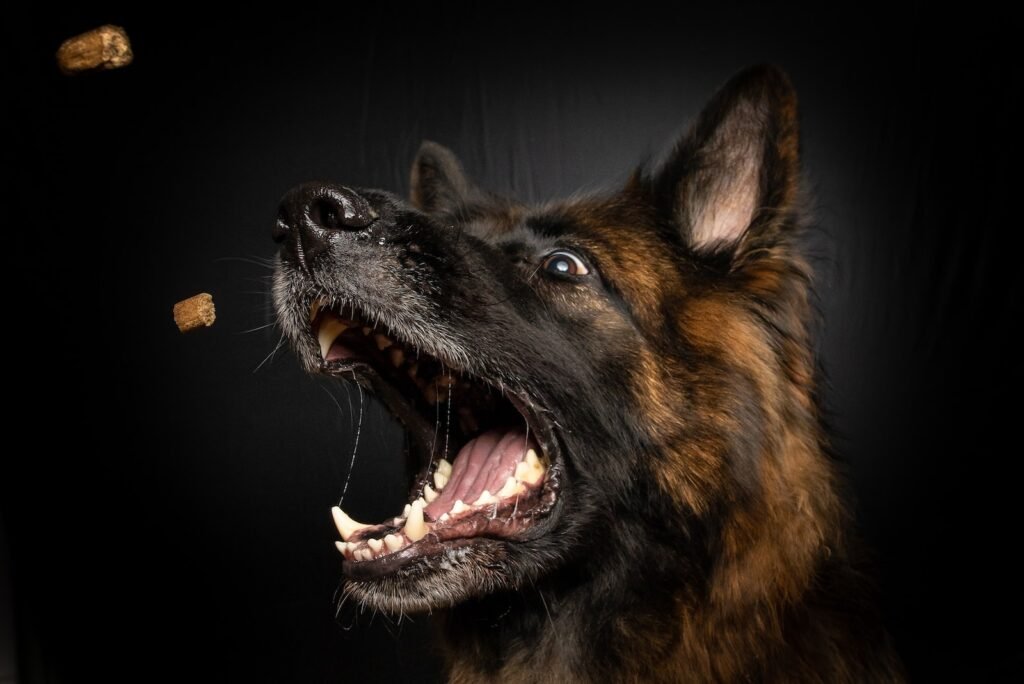
There is no definitive answer when it comes to adjusting the feeding regimen for a dog that weighs more than another dog. Some factors to consider include their activity level, weight and age. A general guideline though is that dogs who engage in more vigorous activities, such as running or playing fetch, will typically require more food than those who are less active.
In addition, because weight changes over time, it’s important to adjust the food accordingly – depending on a dog’s current body weight and age – rather than relying on rigid guidelines. Feeding your pup according to their rate of digestion is also important; this way, they don’t end up feeling bloated or stuffed after eating.
Measure your dog’s weight
Weight and activity levels can help you figure out how much to feed your dog. Using a weight scale is the easiest way to measure your dog’s weight, but it’s also best to track their daily activity levels with a diary or similar tracking tool.
Dogs of all sizes will require about the same amount of food each day, but puppies need more food than adult dogs and those in greater physical activity will need more food than those at a lower level of activity. To figure out how much to feed your dog based on their weight and activity level, divide their weight by their resting metabolic rate (RMR) – this number is analogous to how many calories your dog burns every day just resting.
For example: A 55-pound dog with an RMR of 1800 calories will require about 1/2 pound of food per day, while a 85-pound dog with an RMR of 4000 calories will require 3 pounds of food per day.
Calculate their ideal weight
Since dogs of different weight and activity levels require different amounts of food, it is important to calculate their ideal weight and feed them accordingly. Generally, a dog’s ideal weight should be 10-15% heavier than its current weight.
This will ensure that the dog is physically active and not obese. For moderately active dogs, they should eat between 1-2 cups of food per day, while the most active dogs can consume up to 3 cups per day.
Adjust the feeding amount accordingly
Dogs vary in size and activity level. As a result, the amount of food they need to maintain their weight and stay active also varies. Depending on your dog’s weight and activity level, give them between 1/3 and 2 cups of food each day. Smaller dogs need less while larger dogs need more. If your dog is inactive, decrease the amount of food given until they start to show an increase in activity.
Feed your dog regularly
Feeding your dog a nutritious diet is essential for their overall health, but what exactly constitutes a nutritious diet? Many people believe that a high-quality diet should include fresh fruits and vegetables, proteins, and fermented foods.
However, according to the American Kennel Club’s Cookbook for Dog Breeders, Feeding Dogs for Harvest, “A dry dog food that contains about 20% moisture is ideal.” So if you’re feeding your dog a high-quality kibble that averages 20% moisture content (based on the average weight of a dog), you’re meeting the AKC’s recommended intake for most dogs.
When it comes to determining how much your pooch should eat based on their weight and activity level, use these three guidelines:
- If your dog isn’t overweight or has no apparent health problems, feed them 1-2 cups per day
- If your dog is overweight or has some mild health problems like allergies or stomach issues, feed them 1/2 -1 cup more per day
- If your dog has more than 2 cups per day of kibble or is very active outdoors, gradually work their way up to 3-4 cups per day Activity levels will affect how much food your pooch needs as well.
Activity level guidelines:
- Sedentary dogs: no more than 1/2 cup per day
- Low-activity dogs who get at least 30 minutes of exercise each day: 1-1/2 cups per day
- High-activity dogs who get at least 1 hour of exercise each day: 2-2-1/2 cups per day
Watch their weight and activity level
Feeding your dog is important not just for their health, but also for their weight. Dogs who are fed well and exercised regularly tend to be healthier and weigh less than dogs who are not.
When determining how much to feed your dog, keep in mind their weight and activity level. For a smaller dog that is sedentary or inactive, only offer small portions of food each day. For a larger dog that is more active, offer them larger portions throughout the day.
Also, make sure to monitor your dog’s weight regularly to ensure they are eating enough and staying healthy. If you see them start to gain too much weight, reduce their food intake or increase their activity level accordingly.
Conclusion
Dogs need approximately 25-35% of the calories that a human needs to maintain their weight. Activity level, breed, and size all play a role in how many calories your dog should get. To figure out how many calories your dog needs per day, divide their total weight by 2 and multiply that number by their activity level on a scale from 1 (little or no exercise) to 5 (very active).
Take note of this number each day so you can calculate their food allowance accordingly. Remember: always consult with your veterinarian before making changes to your pet’s diet!
